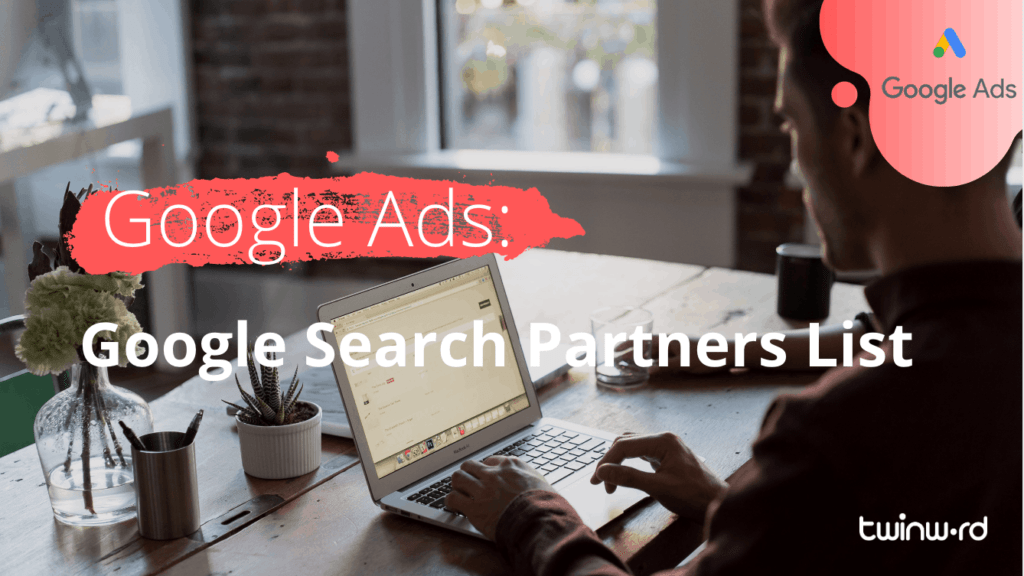
When using Google Ads Keyword Planner, you have probably noticed that in the Targeting settings, you can select either “Google” or “Google and search partners“. Who are these search partners exactly?
If you are running a Google Ads (formerly AdWords) keyword campaign or doing keyword research for your SEO campaign, understanding the difference between “Google” and “search partners” is important. For example, should you consider the search volume statistics from just Google or from the combination of Google and search partners?
Google Search Partners List 2020
Google doesn’t disclose or provide a definitive list of search partners. Doing a quick Google search, you can find an old list of known search partners from 2003. However, many of those on the list, including Alexa.com and AOL.com no longer show ads from Google. In fact, AOL is actually powered by Bing now.
Furthermore, this wasn’t even a complete list at the time. It listed only the “known” ones.
In reality, search partners change over time. On top of that, the list is big. If we really were to list all sites that were Google search partners, the list would be too long for one web page.
What? So no list?
Don’t be disappointed. Please read on to see actual examples of current search partners in 2020.
As mentioned above, the search partner list changes and it is really big.
Instead of getting the list, what you should really be asking is what types of sites fall into the category of Google search partners. That is what we break down below.
The Google Network
Let’s start by first understanding the entire reach of Google AdWords and the statistics that go into Google Ads Keyword Planner. Google’s whole network is divided into two parts, Google Search Network, and the Google Display Network. The former are advertisements that show up after a “search” and the latter are advertisements that show up on web pages.
Within the search network, the traffic and advertisement placements are further broken down into searches on Google and then searches on Search Partners sites.
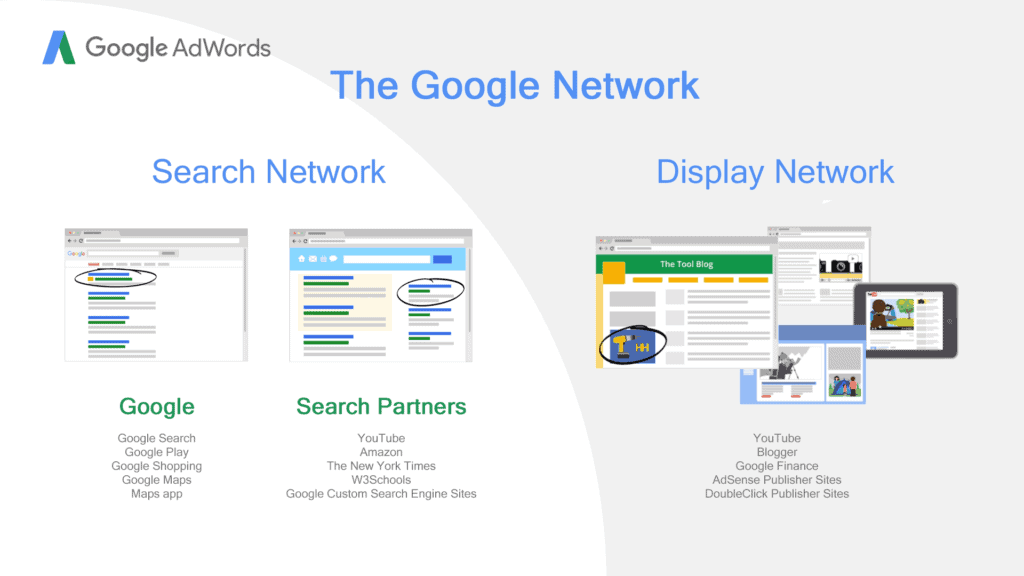
Google Search Network
Google’s search network as briefly mentioned above can be broken down into Google and Search Partners. The key difference is where the searches are happening.
Searches that happen on Google Search (that’s www.google.com), Google Play Store, Google Shopping, Google Maps, and even the Maps app fall into this category.
These are simply searches happening specifically on Google’s core search sites.
Search Partners
Everything else, searches that happen on non-Google search sites fall into the “search partner” category. You might not think there are many because how many different search engines can you think of really? Google, Yahoo, Bing, etc. However, there are more than you can imagine.
First, we have sites like YouTube and Amazon.com who embed ads from Google after a visitor searches for a video or product.
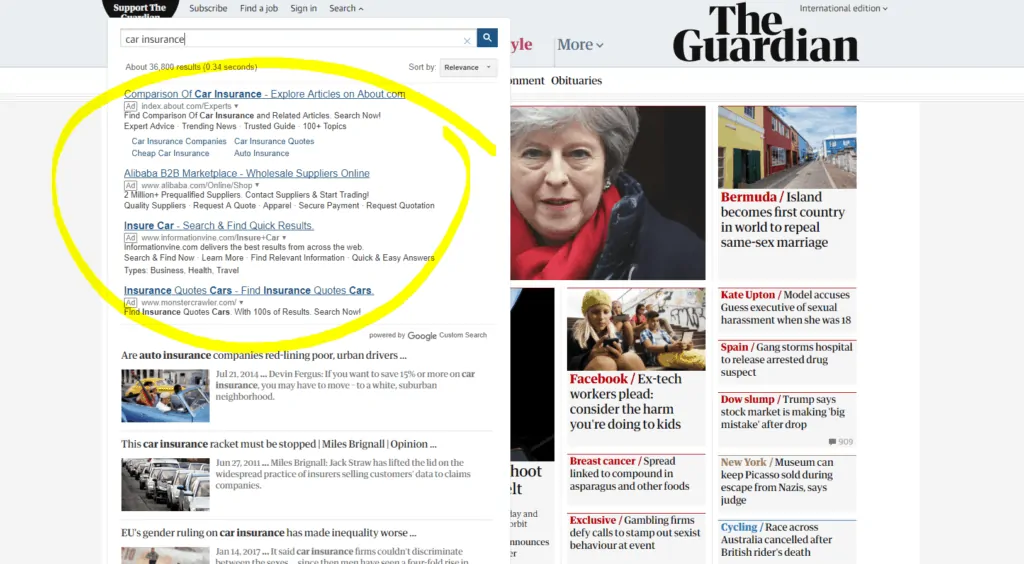
Then we have large sites like The New York Times, The Guardian, and W3Schools who use Google Custom Search Engine (CSE) to power their site searches. Google CSE is a tool web publisher can embed into their web sites that use the power of Google’s search engine to help their visitors find pages on their web sites. Currently, there are 505,946 live websites using Google Custom Search. That’s a lot of search partners.
All these sites are places where your ads can show up and all these sites will affect the search volume and AdWords competition statistics you get from Keyword Planner if your target includes “Google and search partners”.
Google Display Network
The display network includes sites that are owned by Google like Blogger and YouTube. These are the ads you may see on the side when you are reading or watching your content, as opposed to advertisements you see after you do a search.
The network, however, is mainly made up of publishers who have signed up for Google AdSense or DoubleClick ad networks. Web site publishers that want to monetize their sites by showing ads alongside their content sign up for these ad networks. In doing so, they provide advertisers on AdWords a place where their ads can show up depending on the site and on the site visitor.
So Should I Include Search Partners?
Going back to our main topic of “Google” vs. “Google and search partners”.
For Paid Search Campaigns
Generally, if you are running a Google Ads campaign, early on in your test campaign, including search partners may be beneficial for you to get a “feel of the water”. After running your campaign for a while, you can decide whether or not if the traffic from search partners are converting and go from there.
For Organic Search Campaigns
If you are doing keyword research for your SEO campaign, the answer can be a bit complex. Remember that search volume numbers will be different depending on if you count the searches on sites like Amazon or The New York Times. Let’s take for example the keyword “computer keyboard“. Currently, for English searches in the US in Google only, the average monthly search volume is “10K – 100K“. However, if we were to select Google and search partners, the number jumps to “100K – 1M“. This makes sense. If we count searches on eCommerce sites where people buy computer keyboards, we would have a higher search volume than if we just included Google.
Some can argue that since search partners show advertisements from paid AdWords campaigns and not organic search results, you should not consider search volume from search partner sites for SEO.
However, others may argue that search volume statistics are only estimated averages and should only be used as a guide. In this logic, the more data the better so including search partners will give you a better idea of the actual use of the keyword in search. YouTube, for example, is included in search partners. So that means if you are trying to get search volume statistics from YouTube (which is not available), including partners will give you better insights.
As always, remember that statistics and averages are only a guide and that the best decisions should come from running tests and looking at the results.

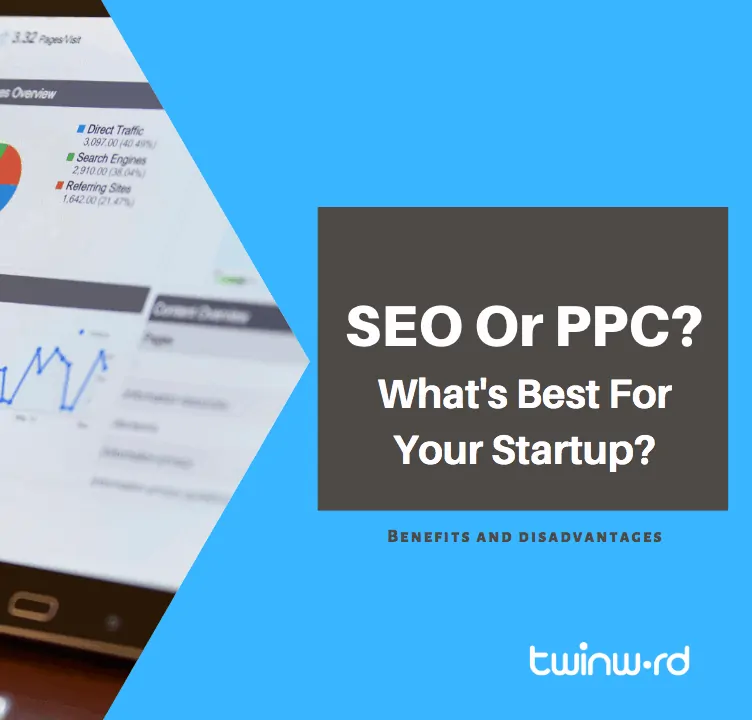
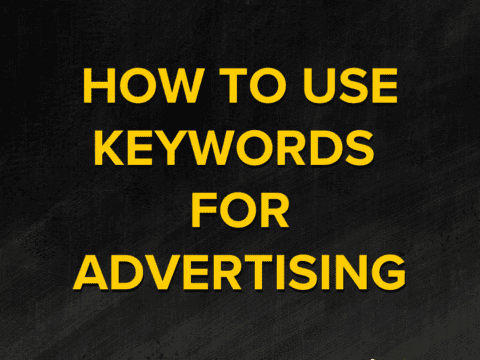
23 Comments
Aw, this was a really nice post. In thought I would like to place in writing in this way moreover – taking time and actual effort to create a very good article
Thank you for sharing good article
Nice article posted regarding Google search partners, provided new information and useful.
This is a nice primer on the list, but it’s useless because it doesn’t provide an actual list.
Hi Leo,
Thanks for your comment! Unfortunately, Google doesn’t disclose a definitive list of search partners and as mentioned, it does change. Therefore, we find it more important to understand what kind of sites are part of Google’s search partners. We hope you still found our post helpful.
Best regards,
Denise
“After running your campaign for a while, you can decide whether or not if the traffic from search partners are converting and go from there.”
This is solid advice.
i’ve seen Search Partners deliver amazing results as well as terrible ones. The results vary widely between accounts and even within accounts between different campaigns.
In order to help me keep track of where Search Partners are doing a not so great job and should be disabled i created a handy script that compares the performance of the Search Partners to the Google Search Network
In case of a significant difference in ROAS performance difference the issue is logged in a sheet and an alert is sent via email.
That way you know when Search Partners are hurting your performance due to this Smart pricing thing, and you can opt out of the Search Partner network for these campaigns.
Hope this helps the readers over here.
Hi,
That a superb idea. I would like to know more about this. Could you share an article where I can get this info.
Hi there! Do you use Twitter? I’d like to follow you if
that would be okay. I’m undoubtedly enjoying your
blog and look forward to new updates.
Thank you! Yes we do have Twitter, you can find us here: https://twitter.com/twinwordinc
I am involved in the organic part, so this seems very helpful to me, as per my understanding at last it depends upon comparing the results of both the options of including search partners and not. Only after that one can reach to decision.
is it worth to pay for ads in google search partners? and why???
Hi Ali,
Good question. This really depends on your product / services and your target customers. It can definitely be worth it to pay for ads on Google search partners if your target customers are active on Google’s search partners such as YouTube and Amazon. Generally, when it comes to paid ads you might want to try it out and see if those ads are converting. If you see low conversion rates, you can still decide to focus on Google only.
I hope this helps!
Best,
Denise
Very Knowledgeable Article. Thanks for sharing. It is really helpful… Great job…
Thanks for sharing this valuable information with us, it is really helpful article!
I wish Google would show stats of how many calls and conversions came from the partner sites on the ads.
Thanks for the list and the explanation – really helped.
One thing you need to keep an eye out for especially if you are trying to stick to a budget and control your spend it.
“To help you get a similar cost per conversion as you get on the Search network, some clicks on the Search partner network may cost more or less than your Google Search Max. CPC bid.”
Which we didn’t realise and we have been paying well over double on our CPC and couldn’t find out why. We have now disabled search partners as it just seems to destroy our budget everyday and produce poor quality leads.
I think using search partners on Google can end up with wasted spend just because the targeting becomes a lot more general. But I do agree that there are certain circumstances that it can have some benefit. For campaigns like brand awareness etc.
very helpful, thanks for sharing.
Hi there it’s me, I am also visiting this web page regularly, this web page is in fact
pleasant and the visitors are in fact sharing good thoughts.
Great blog you have got here.. It’s difficult
to find excellent writing like yours nowadays.
I seriously appreciate people like you! Take care!!
WOW just what I was searching for. Came here by
searching for wedding reception cake topper centerpiece knife server
Thank you for sharing your info. I truly appreciate your efforts and I will be waiting for your
further write ups thank you once again.
Very nice collections of question-answer sites, I have found here the best question answer site over my search experience. and also its great use for my question’s answer, thanks for sharing such wonderful sites. thank you very much.